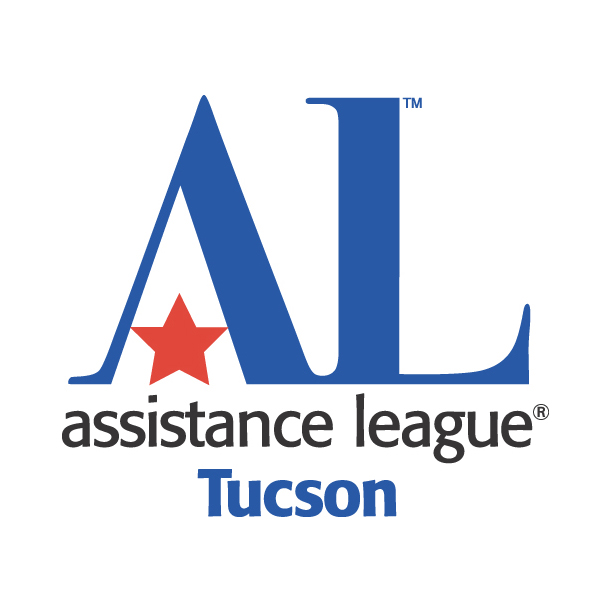Assistance League of Tucson, a volunteer organization whose mission is “Volunteers working in the Tucson community to help those in need,” faced some grim moments at the outset of the pandemic last year.
The nonprofit saw a dramatic drop in the number of volunteers who are vital to the organization’s operations.
But the organization reacted quickly to the changing conditions brought about by the pandemic.
“We’re coming up on our 61st anniversary of helping people, those in need here in Tucson,” said Kim Sterling, Assistance League of Tucson president. “You look ahead and you go, did we do well during the pandemic? Are we going to survive another 60 years and still be here to help out?”
At the start of the pandemic, Sterling said they closed down their thrift shop, which provides about 60 percent of their revenue, with donations and grants providing the rest.
As soon as they closed they began to look at their expenses. In 1959, their founders built up a reserve fund totaling one year’s operating expenses, which they didn’t want to dip into since they could not see the end of the pandemic and worried about the possibility of another disaster, Sterling said.
“We did three things, but we had one goal in mind, keep serving those most in need in the Tucson community,” said Sterling. “So we pivoted our program, we cut costs, and we created new revenue streams.”
Sterling said all five of their programs continued with $190,000 in cuts with the proviso that if revenue increased, funding would return to the programs. They looked to maintain the number of people they served, but reduce the amount provided. Their Starting Over Supplies program required a shift in the way the program operated.
Through the program, the organization works with social workers to provide basic housekeeping supplies and other provisions tailored to individuals who may be experiencing homelessness for the first time or coming out of foster care, said Sterling. So when social service agencies shut down and they could not deliver a kit because they were no longer meeting in person, Sterling said they panicked.
“First we panicked, and then we flung into action, and we started reaching out to different agencies and organizations and finding those that are meeting face to face with clients who needed help because we figured the need had probably increased,” said Sterling.
She said now they are back to providing about 100 kits per month and increasing. They are looking at a loss of about $110,000 for this fiscal year, said Sterling, but as an organization with an $800,000 annual budget, they typically return about 70% to the community and expect this year’s percentage to only drop to 65%.

